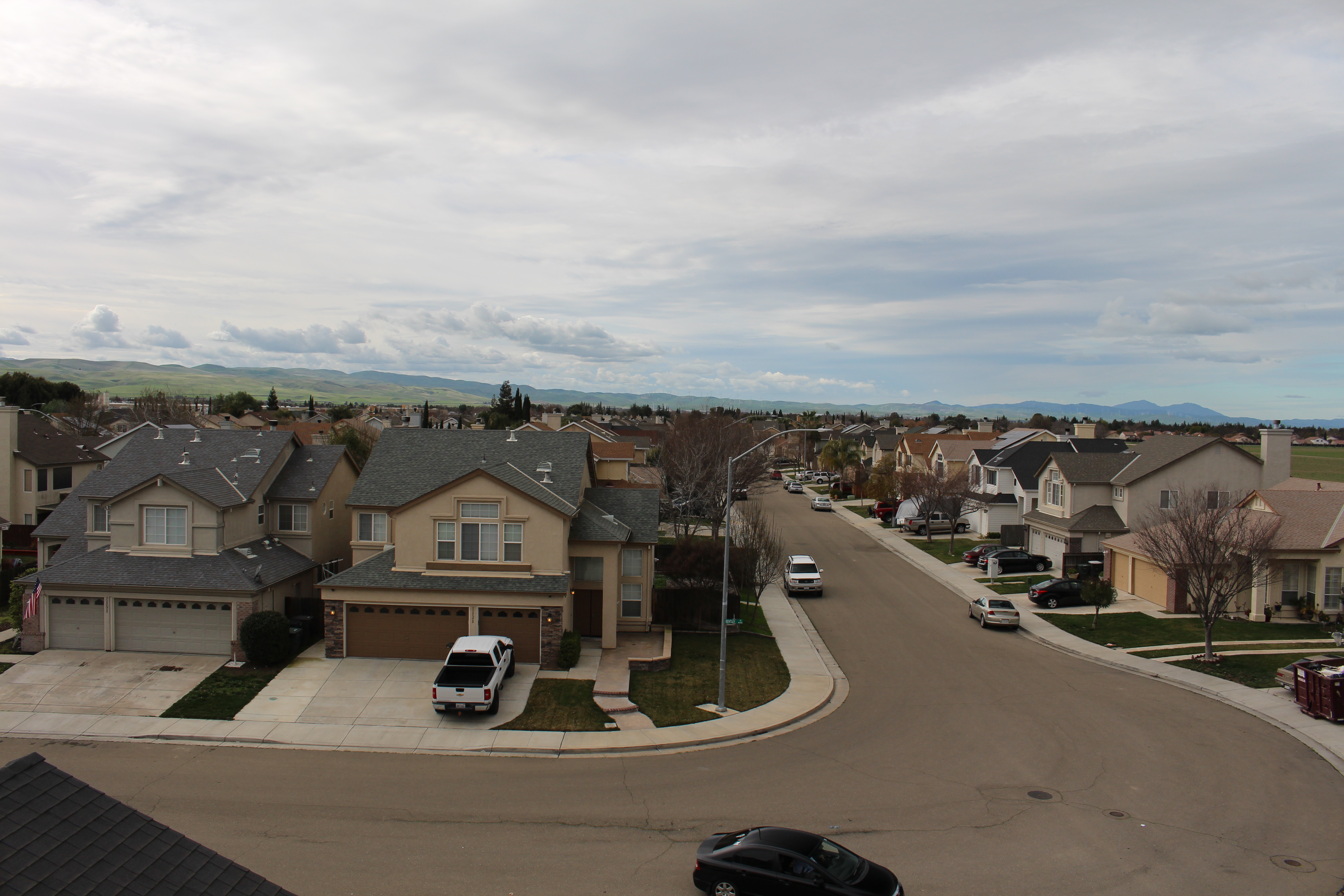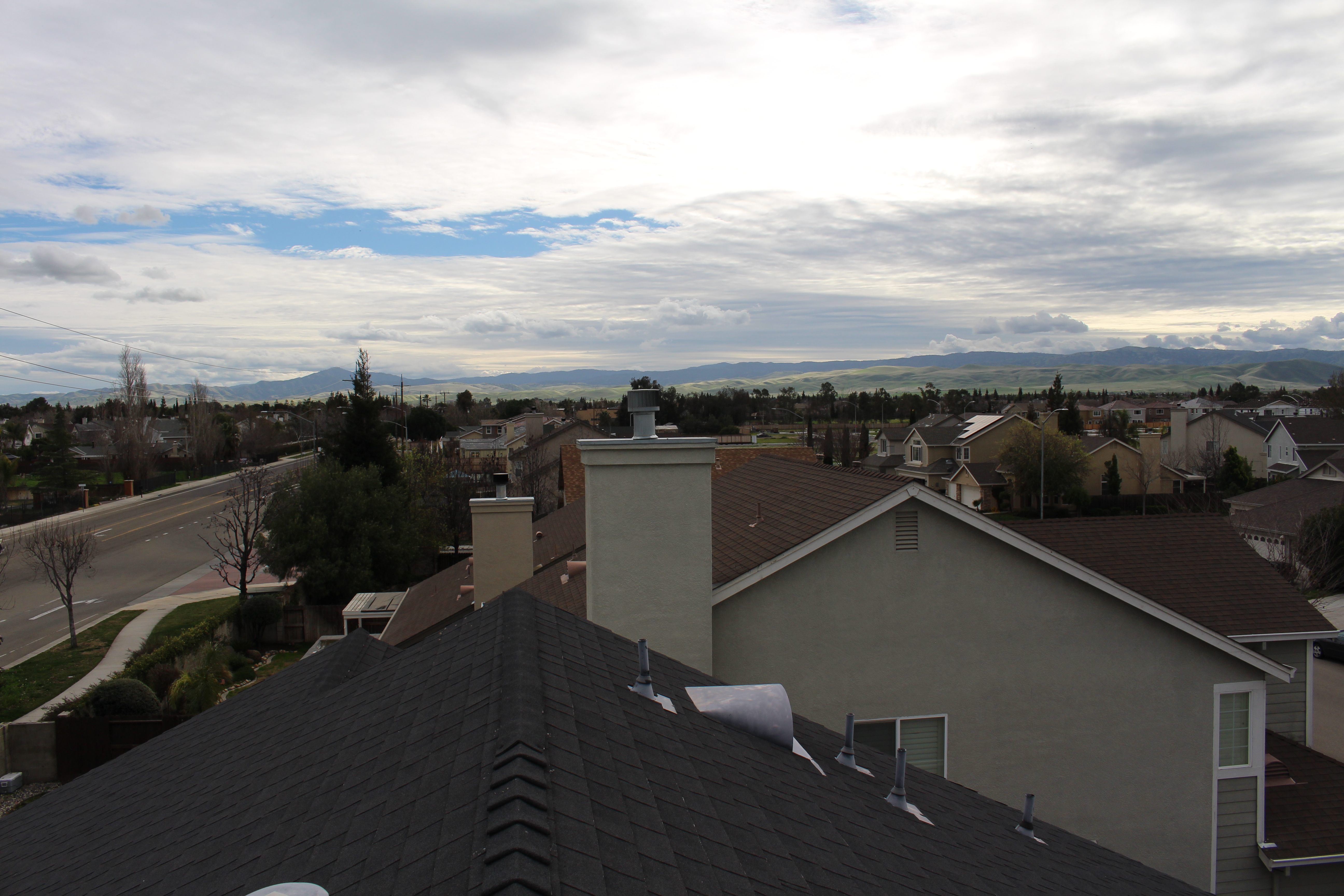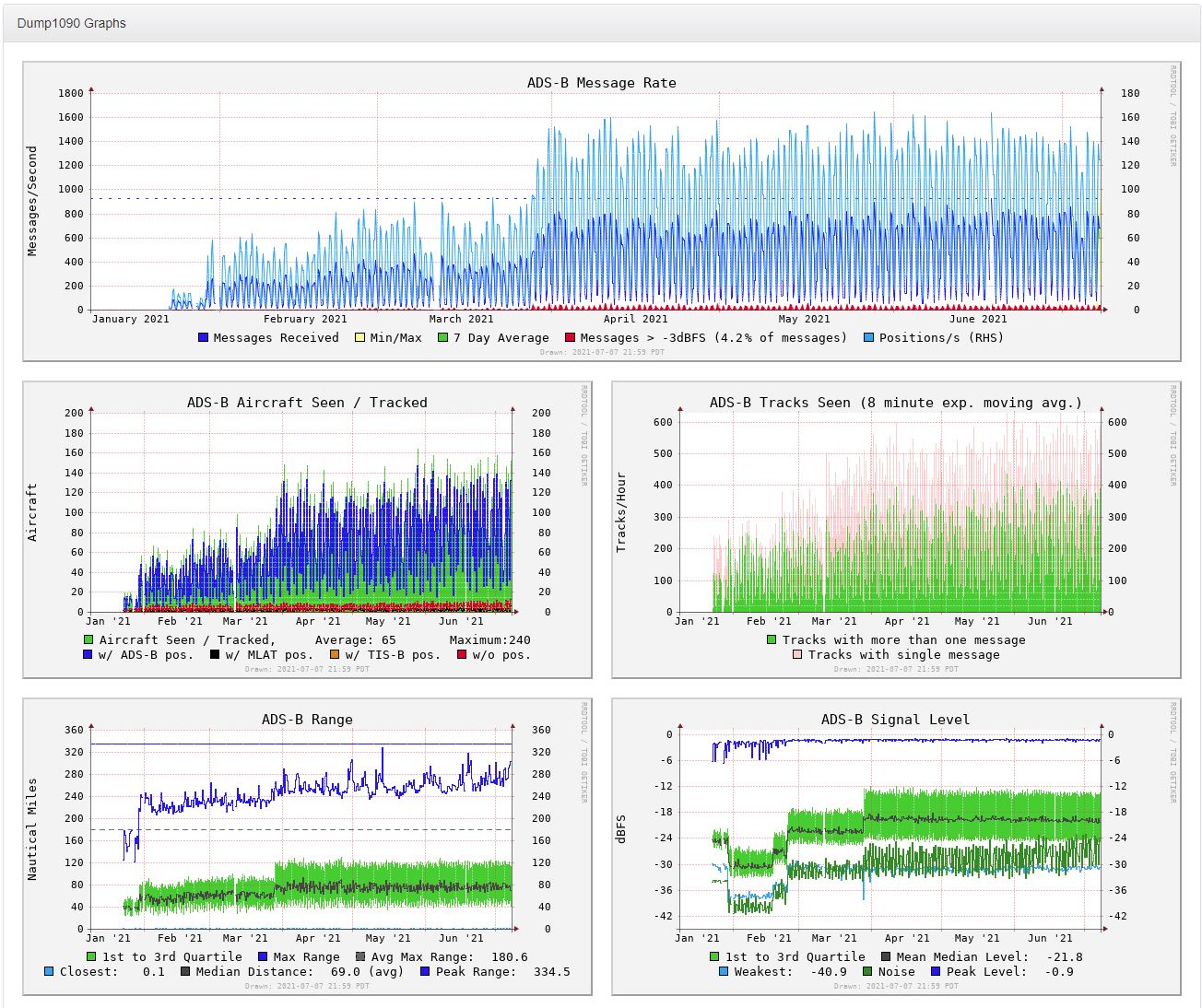AirNav RadarBox Featured ADS-B Station July 2021 - Andy Hansis
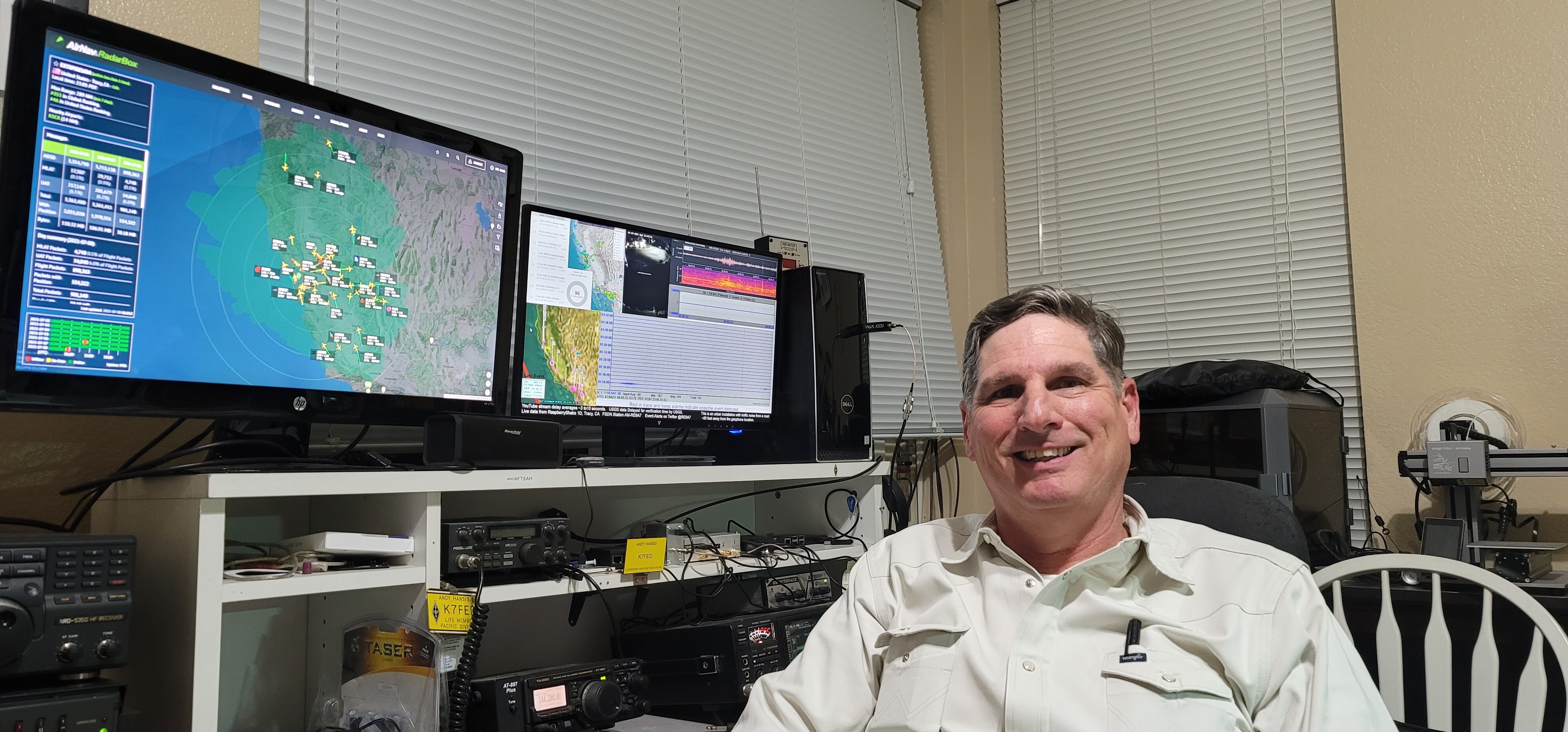
Andy Hansis, our ADS-B feeder in the US, taking a selfie with his setup
Andy has been feeding AirNav RadarBox with ADS-B data since January 2021 in Tracy, on the west side of the Central Valley of California and east of San Francisco, in California.
About his equipment, he reveals us: "My equipment is a home-built setup using a Raspberry Pi 3B and two RTL-SDR dongles for both ADSB and UAT reception. For 1090 ADSB, I use an 8dBi gain antenna with a 1090 MHz bandpass filter feeding a Nooelec LaNA ultra-wideband amplifier about 1 meter from the antenna. 60 feet of LMR400 coax. The power injector, Another bandpass filter, and LaNA amplifier, and a DC block before feeding the RTL-SDR receiver."
Hansis also utilizes an external antenna for receiving UAT 978 data, a UAT 978 antenna with 7dBi gain with 20 feet of LMR400 coax, and a 978 MHz bandpass filter coupled with a LaNA amplifier and DC block power for the RTL-SDR receiver.
The ADS-B Station, located in Tracy, California, has a range of 304 nautical miles and is ranked #43 in the USA and #300 in the world.
EXTRPI021494 ADS-B Station in Tracy, California
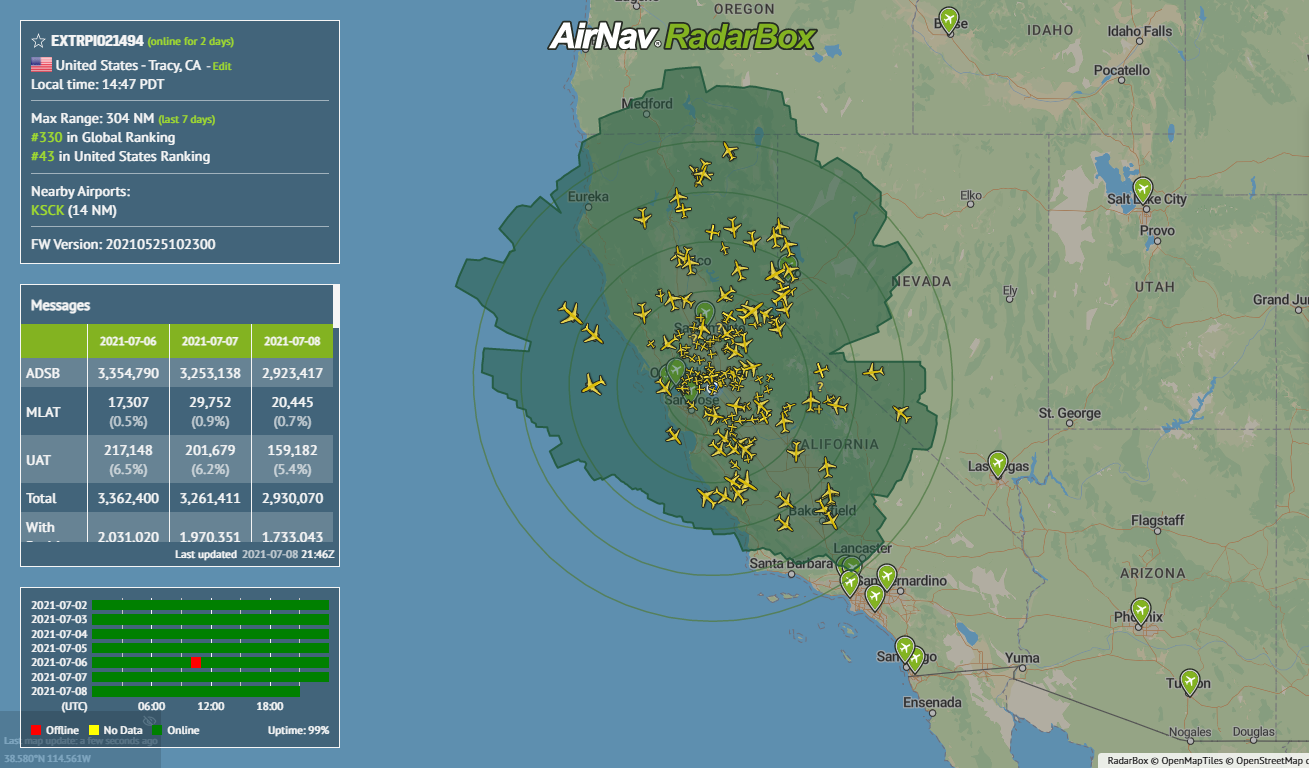
The image above: EXTRPI021494 ADS-B Station
Installation site -
East view - Photo courtesy of Andy Hansis
West view - Photo courtesy of Andy Hansis
South View - Photo courtesy of Andy Hansis
North View - Photo courtesy of Andy Hansis
Andy's ADS-B antenna is mounted at about 35 feet AGL on the top of the chimney on 2 story home using a homebrewed magnetic mount that does not require any penetrations. Regarding the 978 UAT antenna, according to him, it is a work in progress and is on a temporary mast at about 10 feet tall but still receives nicely out to about 100 miles.

The ADS-B antenna and the enclosure with the 1090 ADSB bandpass filter and Nooelec LaNA wideband amplifier
Here is a graph that shows the progression of Andy's receiver performance since he started building it and optimizing the antenna system in January. You can see the jumps in statistics as he changed antenna height/location from 10 to 20 to 35 feet and added filters and amplifiers. And if you are using an RTL-SDR or similar SDR receiver, pay attention to your gain settings.
The image above - Andy's performance graphs from his ADS-B station
Hansis is surrounded by mountains to the south, east and west, so he always adjusts the antenna configuration and height to get the best performance. During the past 6 months, his ADS-B station is receiving an additional 3.2 million ADS-B messages per day for AirNav with ranges up to 330+ NM."
Some of the tips to improve performance -
Mounting a quality gain antenna outdoors, above any surrounding obstructions, and as high as you can get it makes a difference in extending the radio horizon. The difference between 10 feet and 30 feet high will really surprise you. Height also increases the distance from and adds vertical separation from interference sources in the building and neighboring buildings such as WiFi and Bluetooth transmitters. Vertical separation provides isolation by placing the interference sources as directly and distantly below the antenna as possible, taking advantage of the lower ability of the antenna to convert electromagnetic energy directly above and below it to electrical energy down the feedline to the receiver. Use quality low loss feedline to reduce signal loss in longer runs between the antenna and receiver.
RF Noise -
Use a bandpass filter to reduce off-frequency RF noise. Off-frequency RF interference caused by cellular transmitters and everyday consumer electronics can reduce the receiver sensitivity by kicking in the receivers Automatic Gain Control to reduce strong signals even if they are not right on our desired frequency, particularly in wideband SDR receivers.
Remember with an amplifier that you are not just amplifying the desired signals but the noise floor as well. Some gain is good, but at some point, the increased noise floor will reduce your ability to receive weaker signals out of that noise. Think of it as wearing a hearing aid in a big loud crowd and expecting to hear that one person 100 feet away. While you are amplifying their voice, the crowd's roar is also amplified simultaneously, so it is not really helping you hear that one voice at some point.
Bandpass filter -
Still, about his ADS-B setup, he says: "The antenna goes into a bandpass filter in my setup, and then the amplifier just a couple of feet from the antenna. This allows the amplifier to work just with the desired signals and reduce the noise. Placing the amplifier very near the antenna means that it is working with the best signal quality before the loss of the feedline and then helps overcome that loss to present those weak signals to the receiver." Additionally, use a shielded coaxial power injector and quality low noise DC power source to power the amplifier to reduce introducing radio frequency interference at those points. Those low-cost power injectors with no metal case to shield them will not help when you are trying to squeak every bit of performance out of your antenna system.
Andy's first contact with AirNav RadarBox -
Andy discovered AirNav RadarBox through his existing experience with ADS-B: "I decided to build my own receiver with a Raspberry Pi and RTL-SDR receiver dongles and optimize the setup instead of using theirs, it opened up my ability to provide data to AirNav RadarBox."
Hansis concludes by saying: "I love watching the aircraft around me and having some situational awareness of things going on around me. Building my own receiver has been a great hobby experience as well, and I have learned a lot about the Raspberry Pi in the process."
Tracy, California
Tracy is the second most populated city in San Joaquin County, California, in the US. The population was 82,922 at the 2010 census. Located in the Greater Bay Area, Tracy is near both fertile and (due to a region of hills west of Tracy) infertile agricultural lands and with a Mediterranean climate.

The city of Tracy, in California - photo by Downtown Tracy
AirNav RadarBox Global Coverage Map

We currently have a global ADS-B network of more than 23,288 receivers in over 172 countries across the world. In 7 days, 799 new ADS-B receivers were added worldwide. An extraordinary number! It demonstrates our effort to always invest in the quality and safety of our services.
We receive more than 3 billion ADS-B messages on our servers every day, including bandwidth usage of 2.91 billion Tbytes monthly.

The image above: AirNav RadarBox global coverage data
RadarBox Store
Discover the AirNav RadarBox store and our ADS-B hardware-focused products by clicking here.
Apply for one of our FREE ADS-B kits or send us data from your receiver and get a FREE Business Account by clicking here.
Read more about our satellite-based ADS-B by clicking here.
Do you want to tell us your story?
Please send us an e-mail to: [email protected]
READ NEXT...
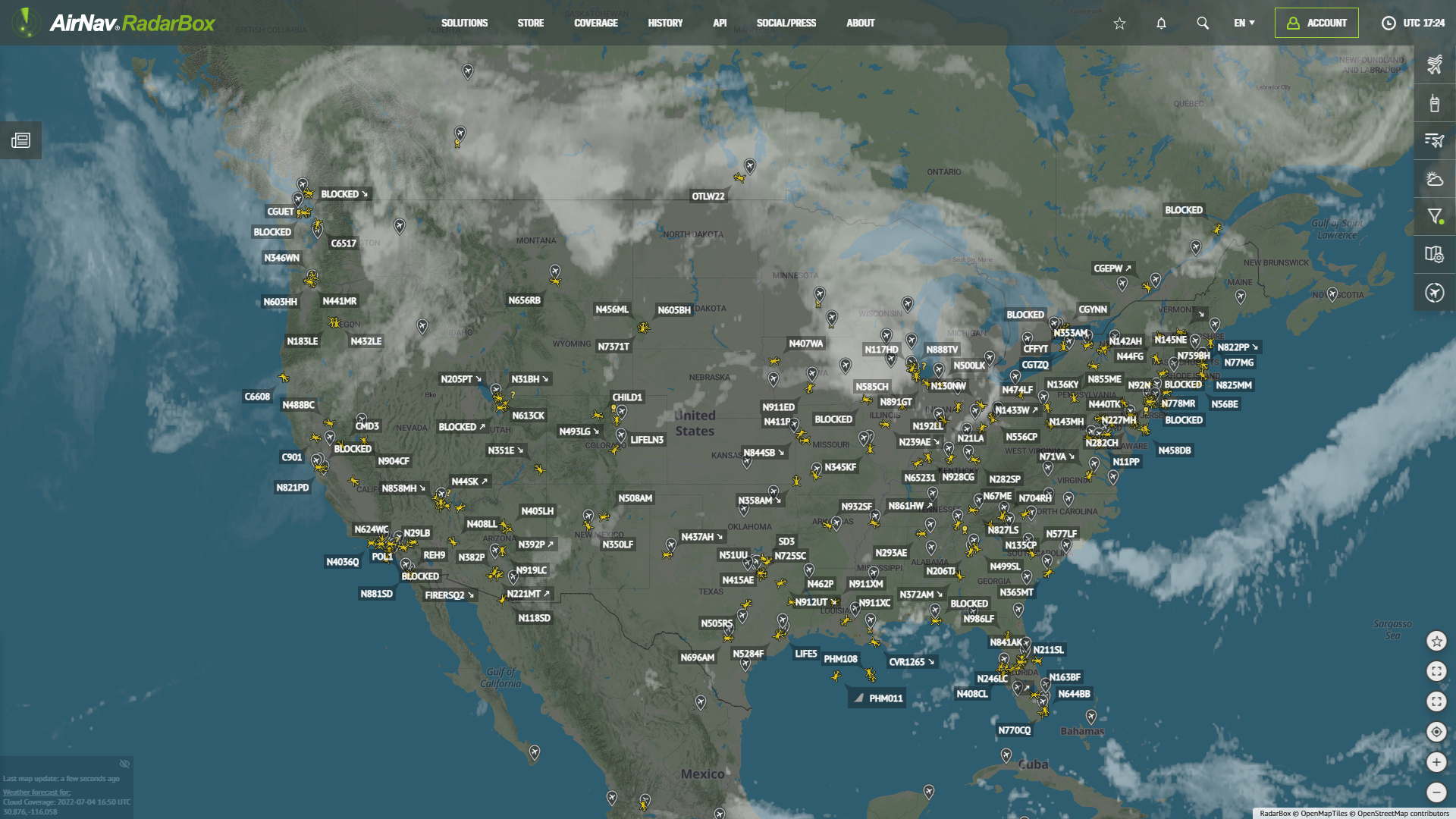 78628
78628Tracking Helicopters With RadarBox
Today we'll explore how to filter and track helicopters on RadarBox.com. Read this blog post to learn more...- 30336
AirNav Announces Coronavirus Related Data & Graphics Available
AirNav Systems is providing data COVID-19 air traffic related data for analysis, study and use.  21788
21788Replay Past Flights with Playback
AirNav RadarBox officially launches the playback function on RadarBox.com, allowing users to replay the air traffic for a specific date and time in the past, within a 365-day period. Read our blog post to learn more about this feature.


